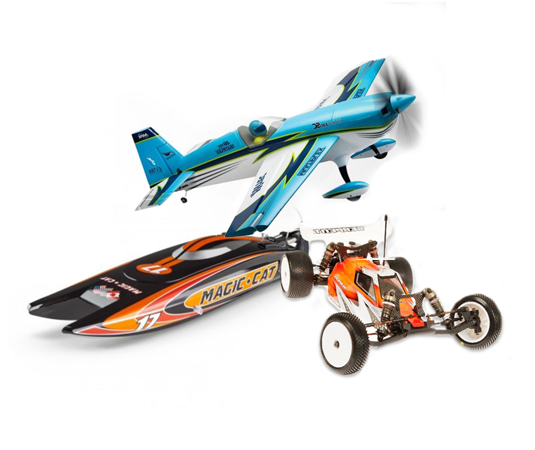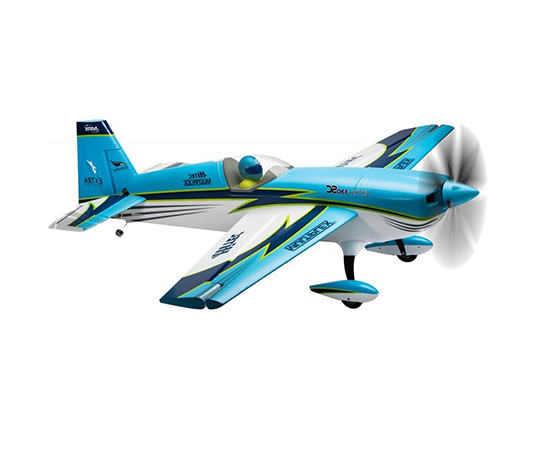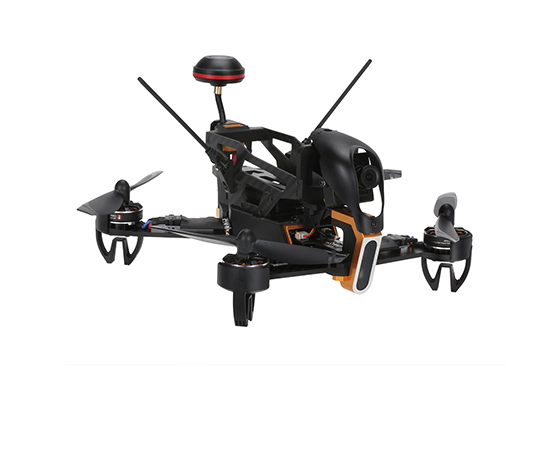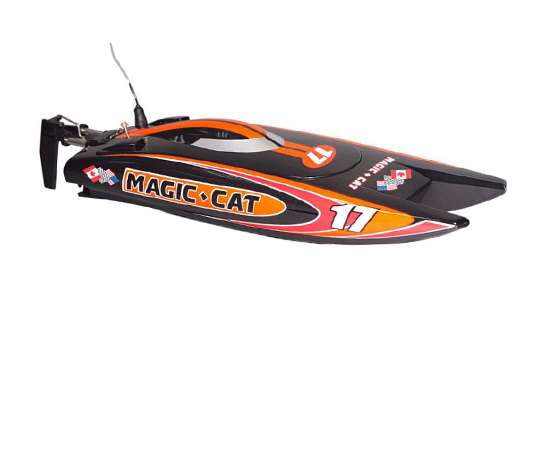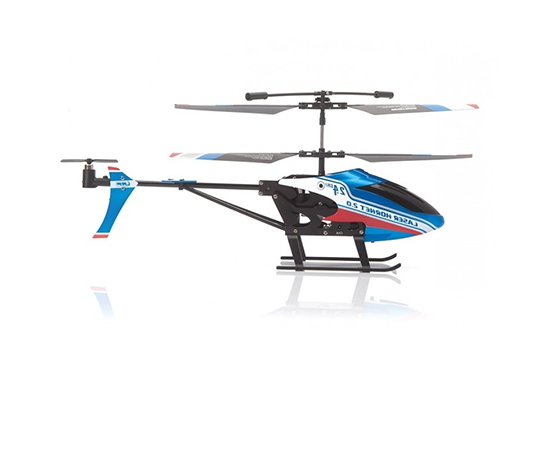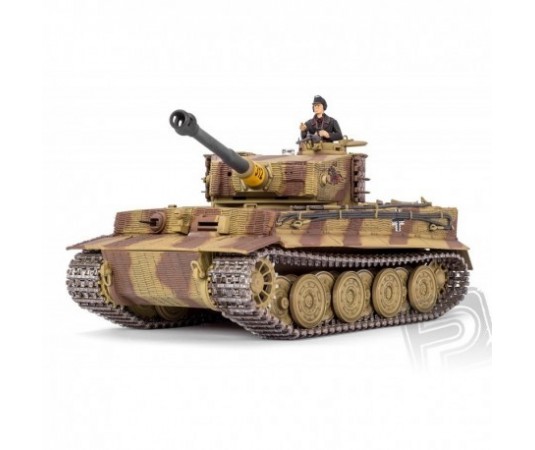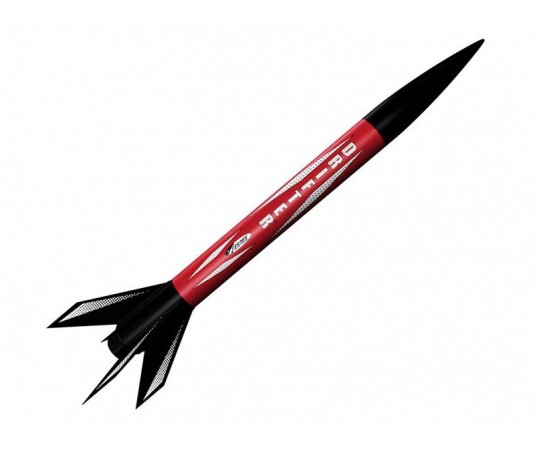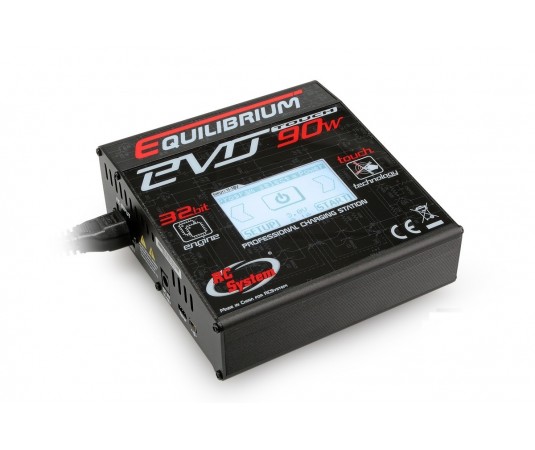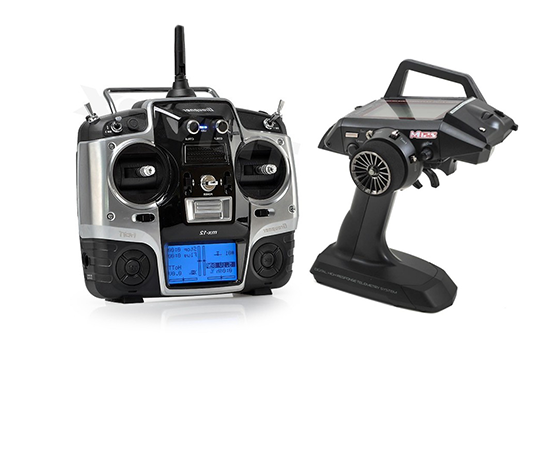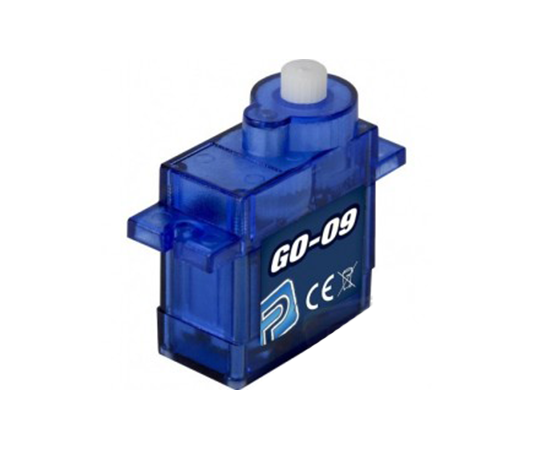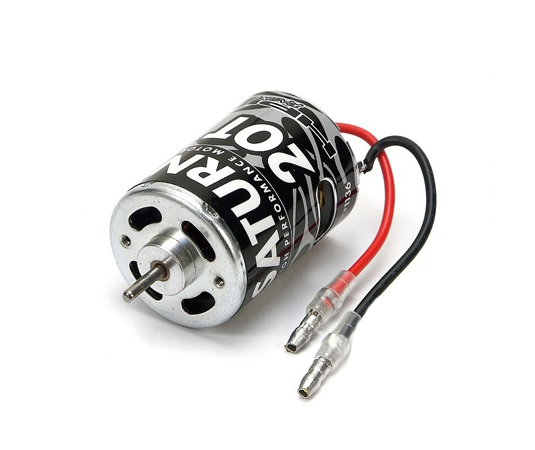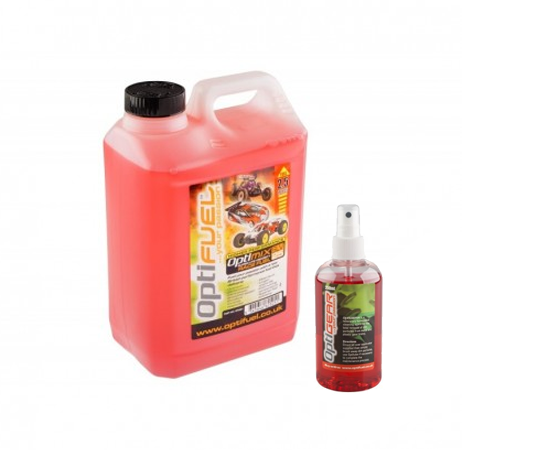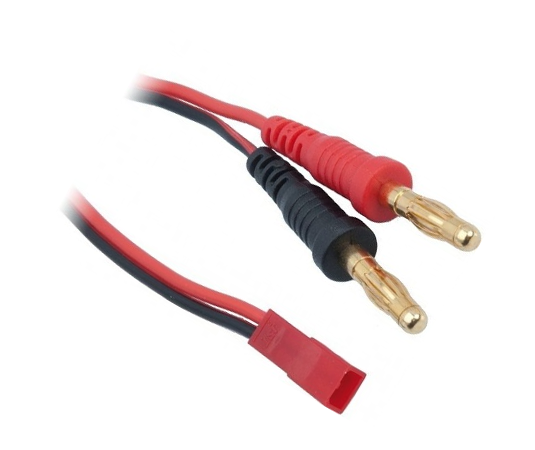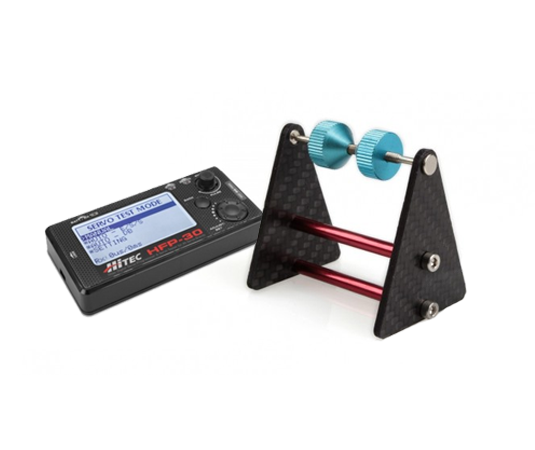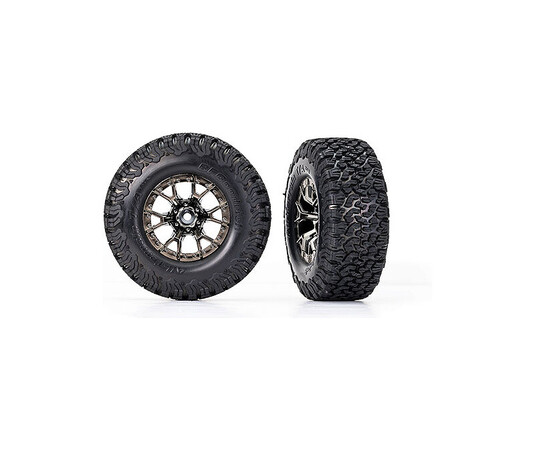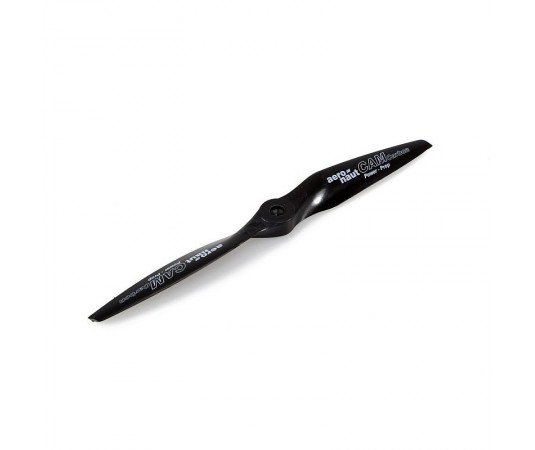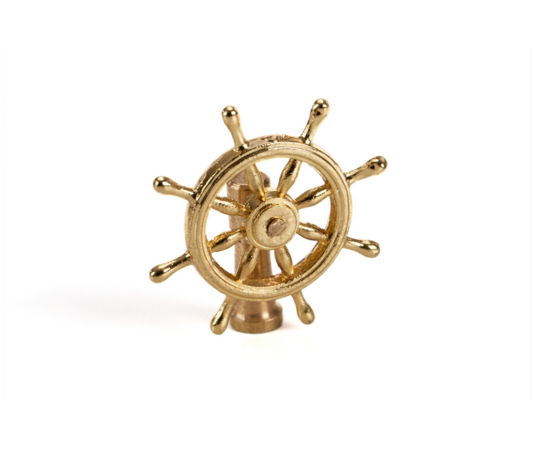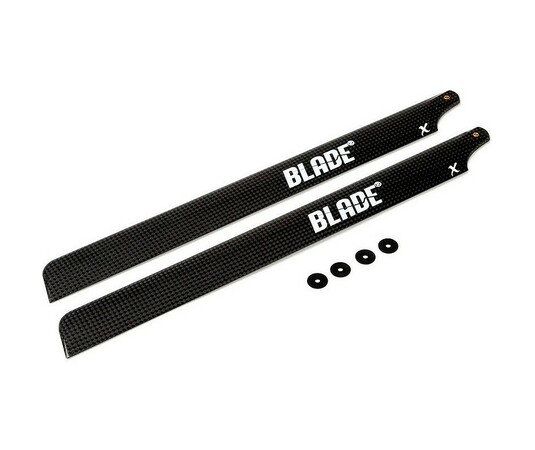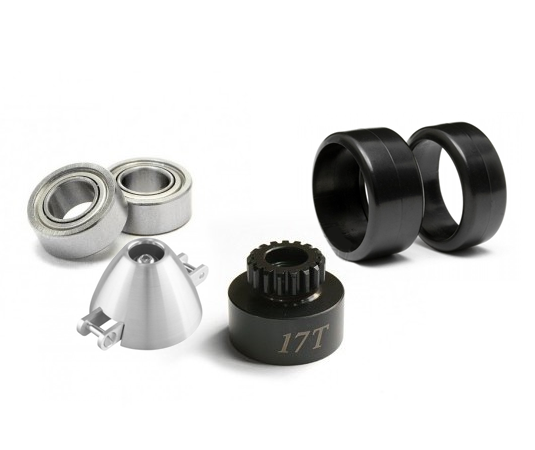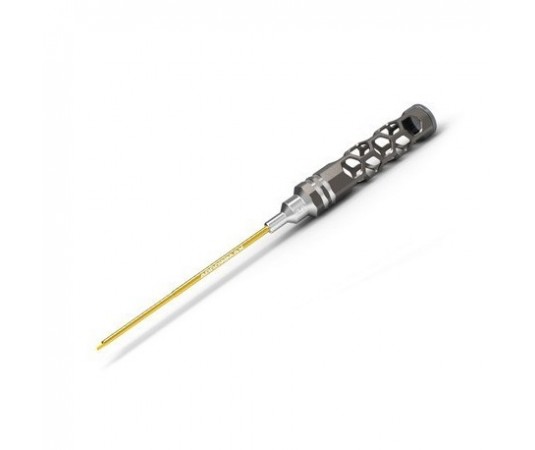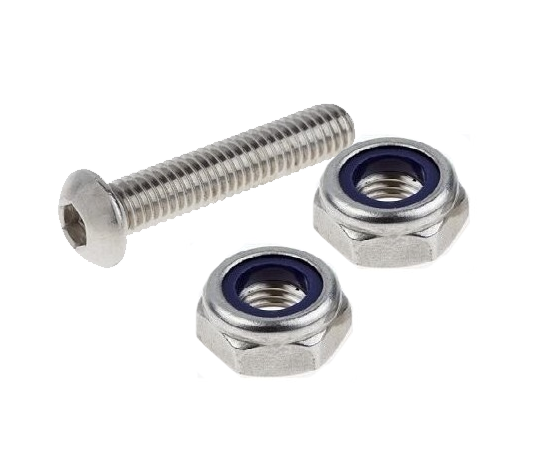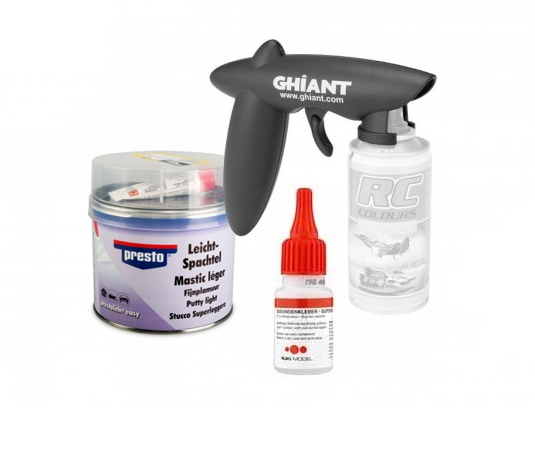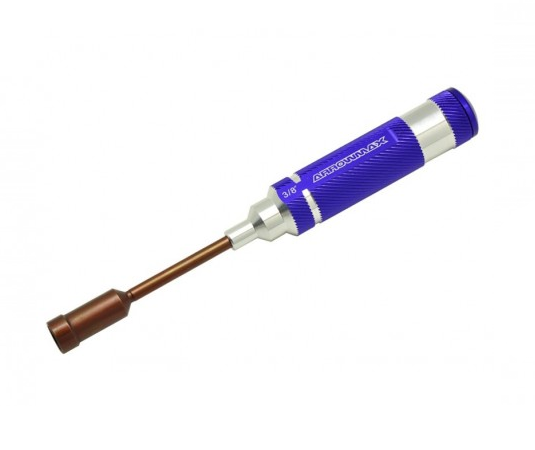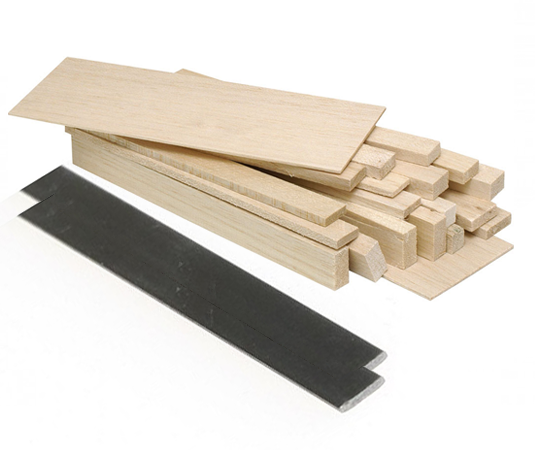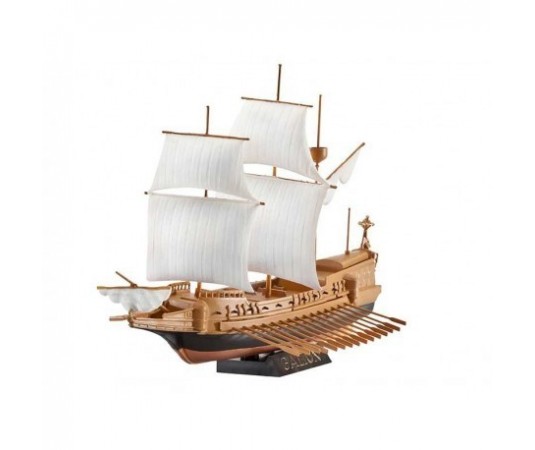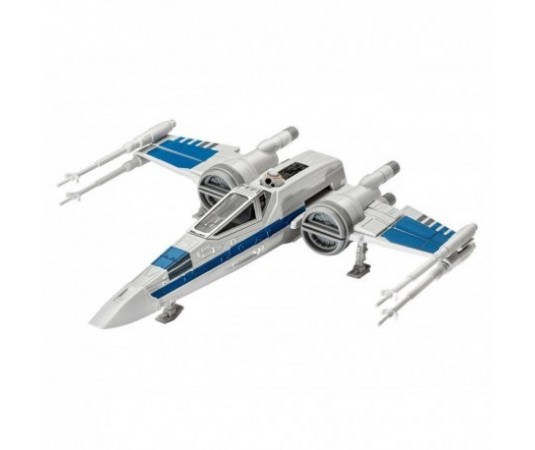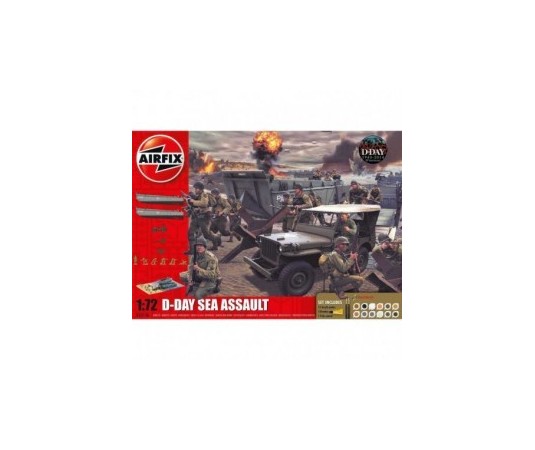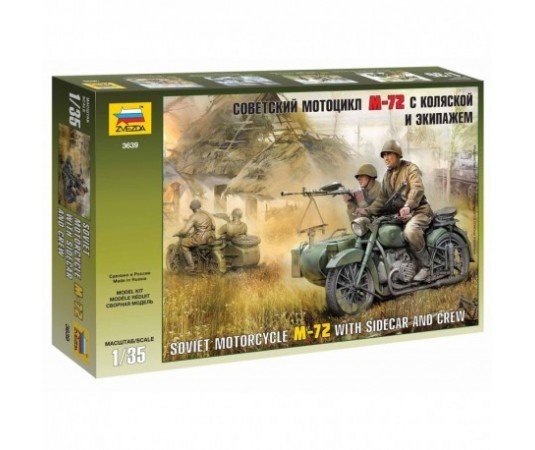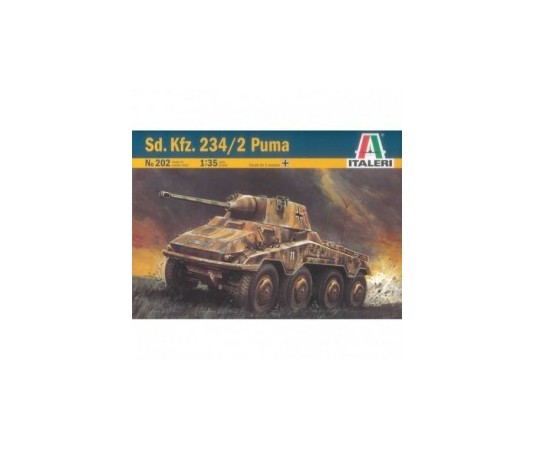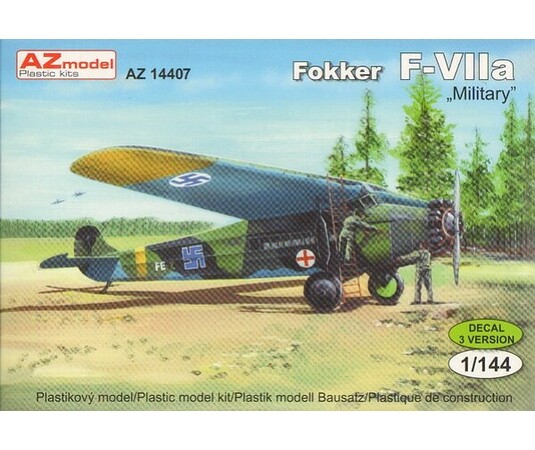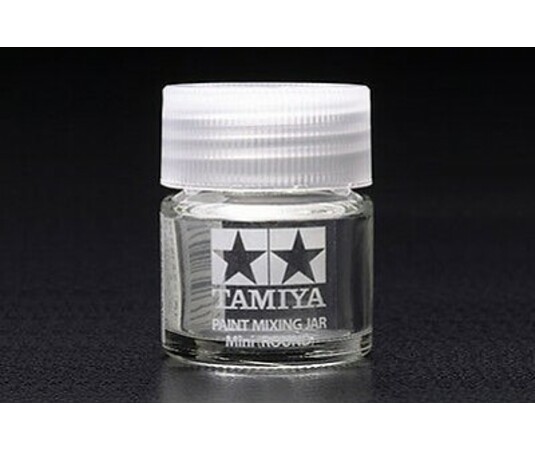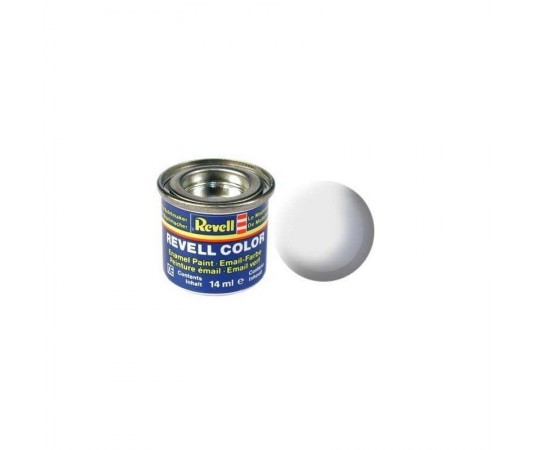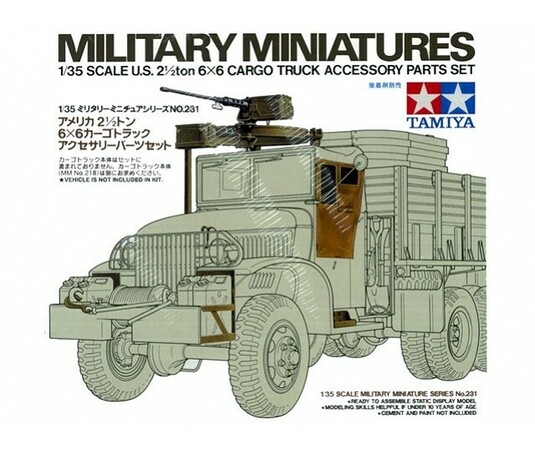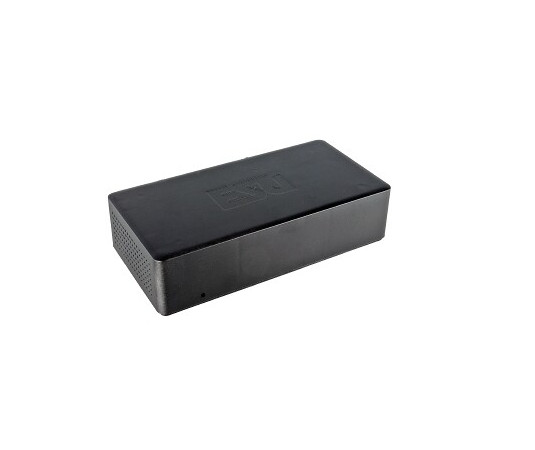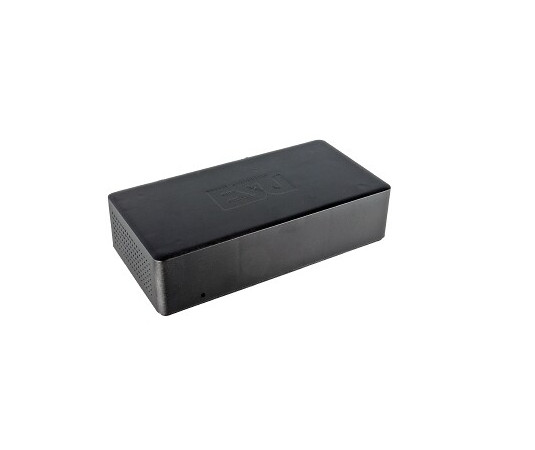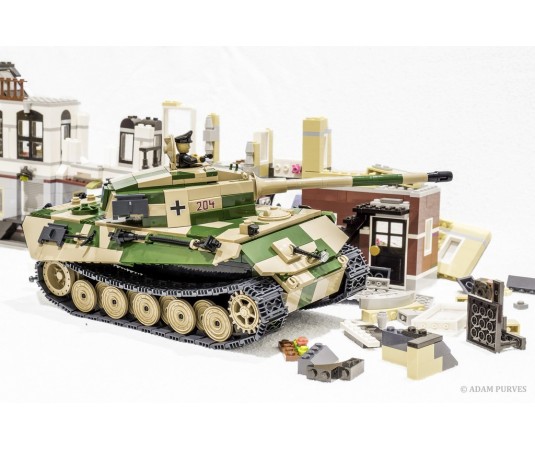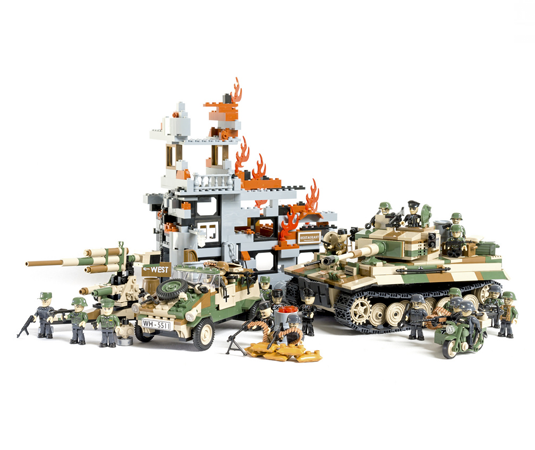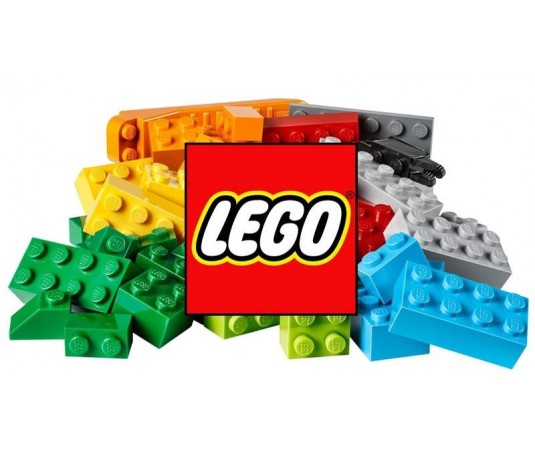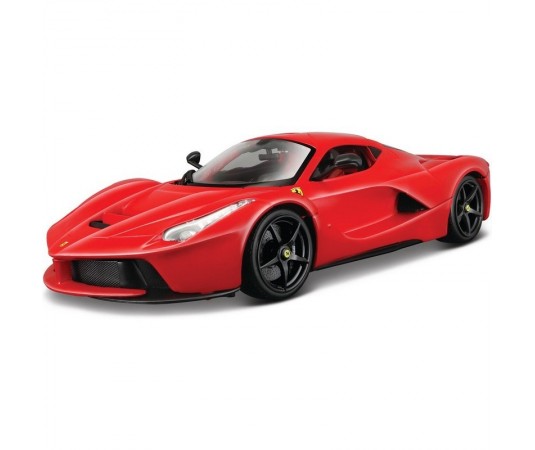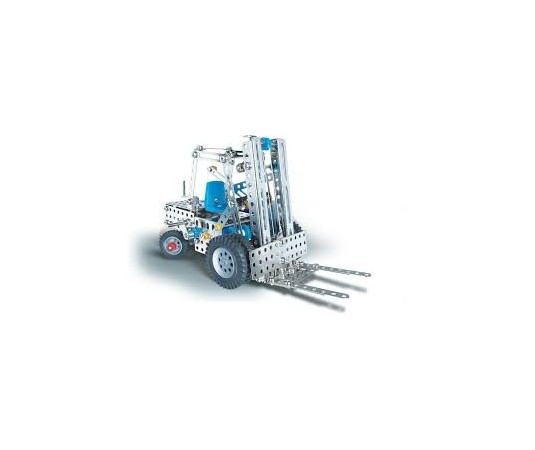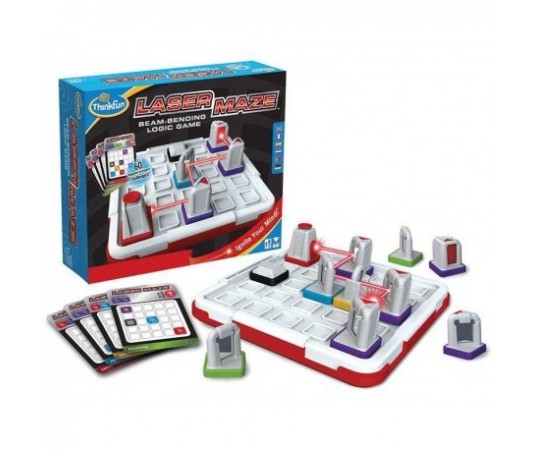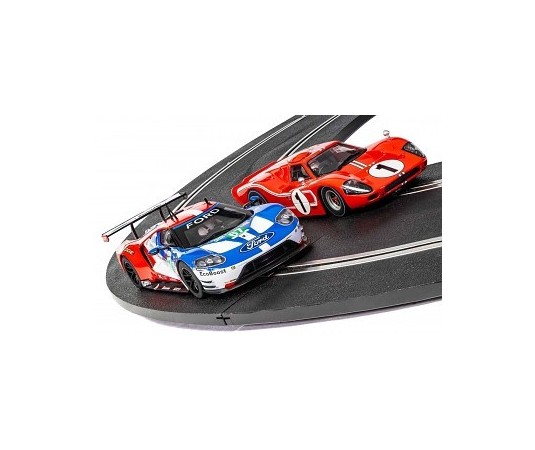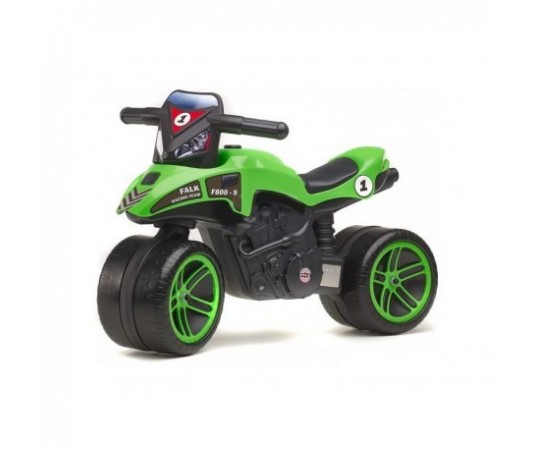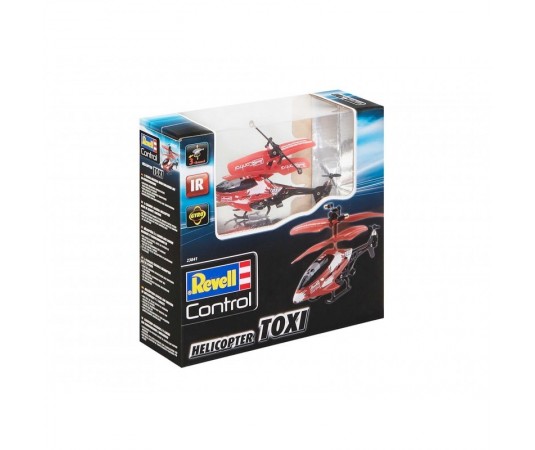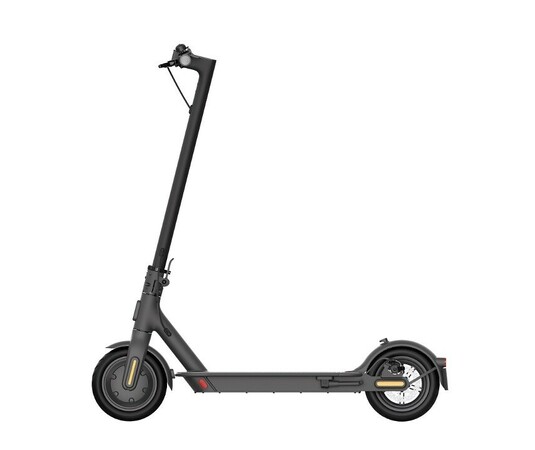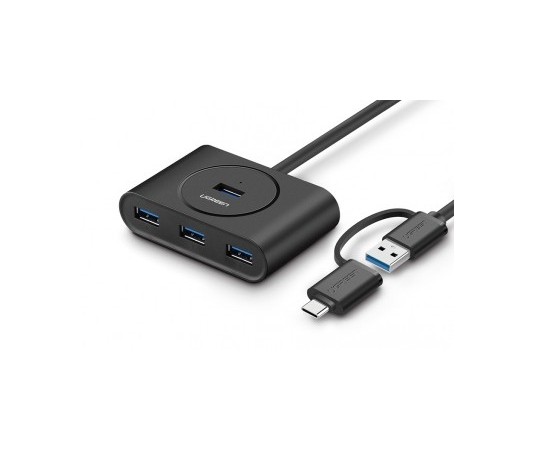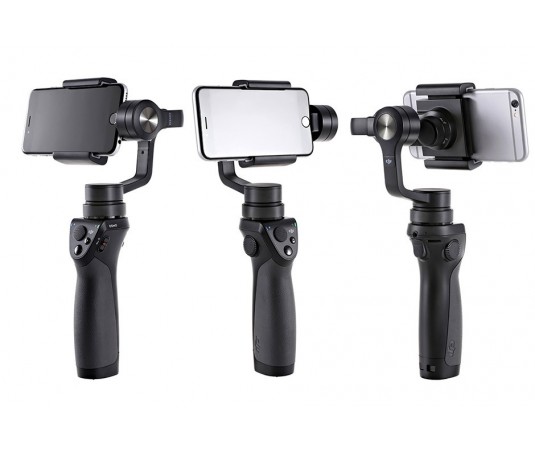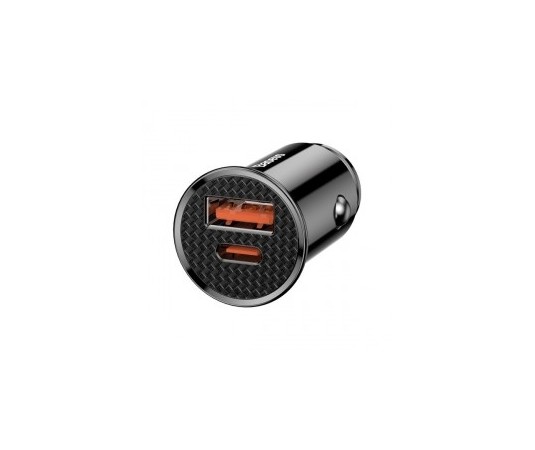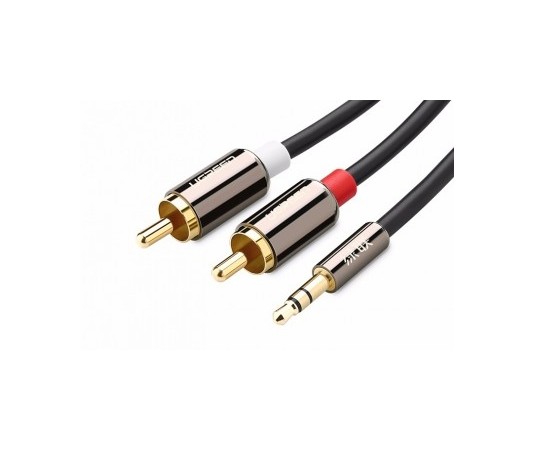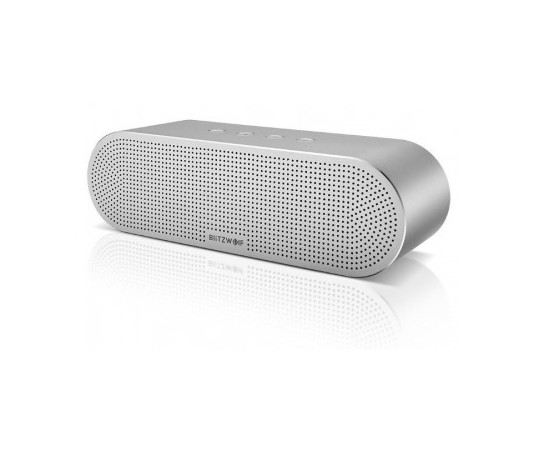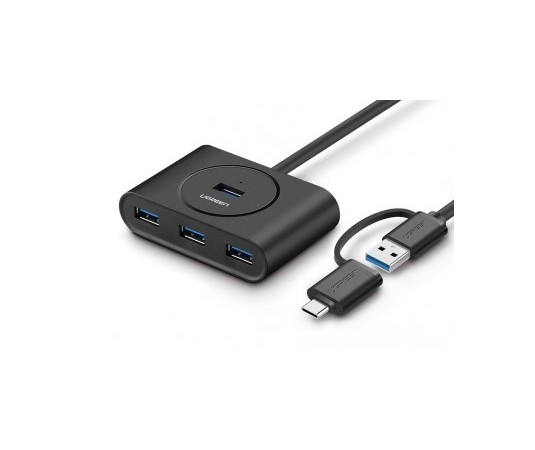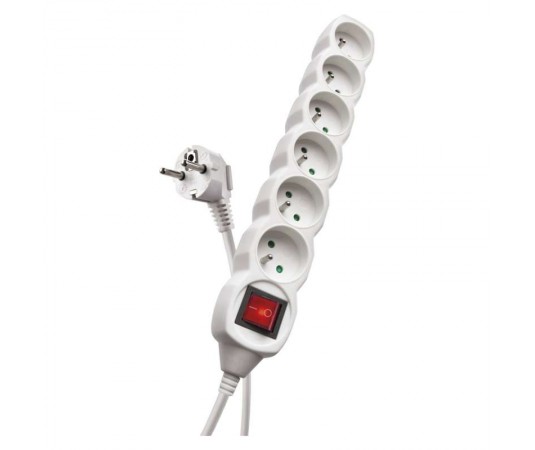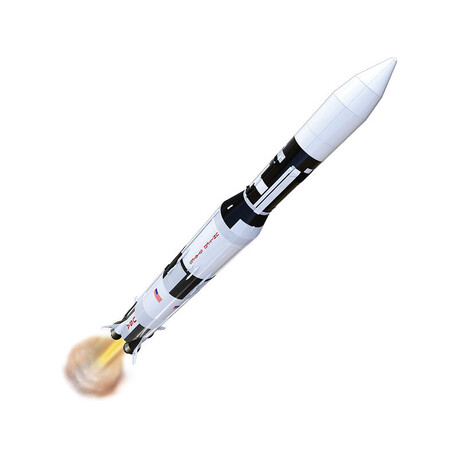- -2.60 €
Estes Saturn V Skylab 2 Kit

Express delivery

Large selection of carriers

Satisfaction guarantee
Package contents
The package contains: tubes, tips, parachutes, engine holder, stabilizers, stickers, mock-up elements, instructions CZ, manual EN.
Characteristics
Model kit Estes Saturn V Skylab 2 Kit. The rocket is for E and F series rocket engines. Replica of the Saturn V rocket, scale 1: 100, with a Skylab payload, launched in 1973. Fancy return of the rocket with two stages using three parachutes. Reachable height 120 meters.
Note: Astra Series E and F rocket motors are not sold by Astra.
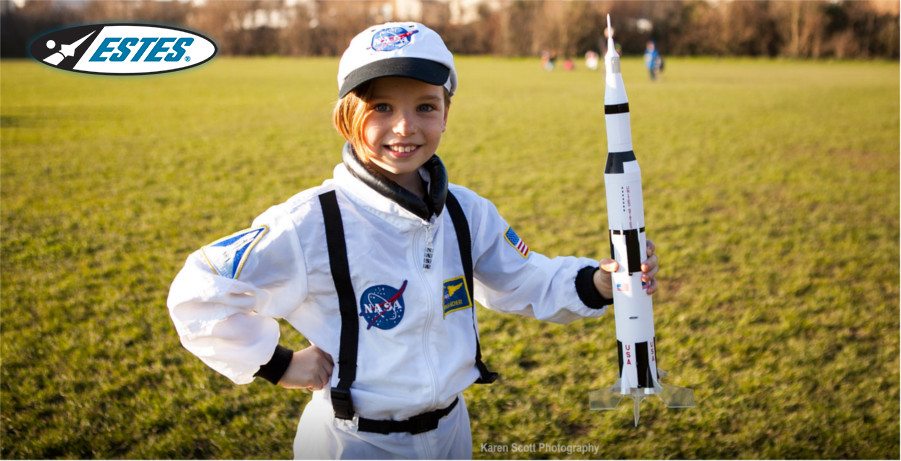
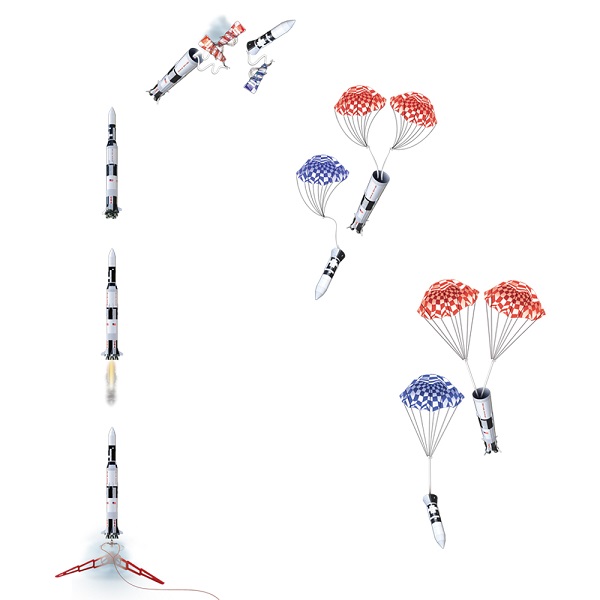
Estes Saturn V Skylab 2 Kit
Estes Saturn V Skylab is an accurate model of this legendary rocket in a scale of 1: 100. The vacuum-formed surface of tubes and stabilizers give the surface an authentic look. The stabilizers are precise and mock-up - a guide is available for precise alignment and precise positioning. Detailed decals are included. Remove the engine mock-up nozzles before the flight. When the maximum height is reached, the rocket separates into two parts - the first and second stages of the Saturn V return together under two 24-inch parachutes, while the upper part of the Skylab has its own 18-inch parachute.

Difficulty of building a rocket
Estes level 5 rocket model kits are the earliest semi-scale models of real rockets. These rockets require the highest degree of modeling work , from rocket construction to final painting. Assembly is very demanding. The parts are machined with unique technologies for wood and paper processing. The result is a rocket with museum features suitable for exhibitions, which is an exceptional model. Construction can take several weeks.
The assembled model must be painted - we recommend using acrylic spray paints. You can buy spray paints from us or in stores with paints and varnishes. Information on construction and firing can be found in this article.
Rocket models
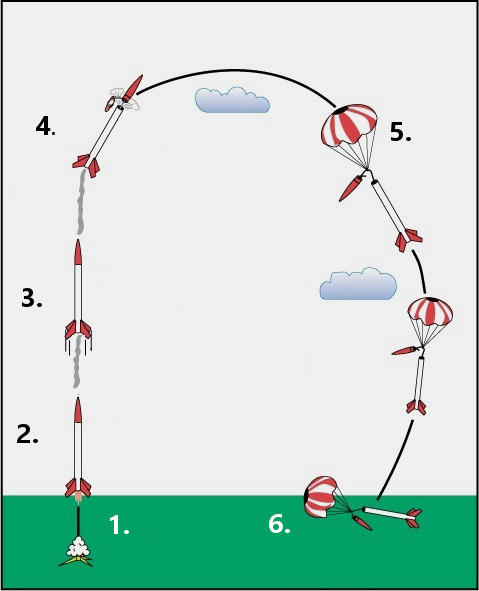
Phases of flight
- Ignition of the engine - the propellant ignites the propellant mixture in the engine . The required direction of flight is ensured by the guide rod of the launch pad, on which the rocket is slid.
- Thrust and acceleration - the rocket is powered by the reactive power of the rocket engine.
- Combustion of the propellant mixture - as soon as the propellant mixture burns, the delay mixture begins to burn, which produces a large amount of smoke . This is used to monitor the flight of the rocket. The fast-moving rocket is now starting to slow down.
- Peak flight and ejection - after the delay mixture burns out, the ejection mixture is ignited, which activates the rocket return system.
- Return system - is most often implemented using a parachute, ribbon, or so-called heli-blade.
- The last phase is to hit the rocket on the ground.
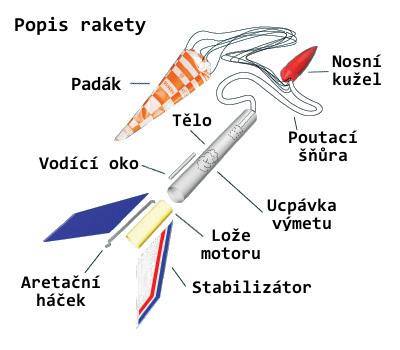
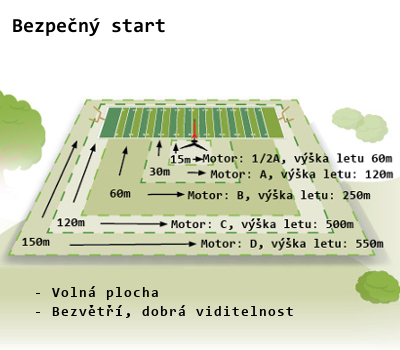
We recommend buying
To launch and fly a rocket, you need to buy:
- torch engines,
- ejection seal (used to protect the parachute),
- and a launch pad.
Rocket engines
Engine igniters and seals are included in the engine package, unless otherwise stated. Estes engines are equipped with electric igniters, designed to be ignited via the launcher. The rocket can be fitted with Klima engines with conventional fuses or electric igniters. More information on rocket engines can be found in the rocket engine overview.
Recommended engines for this rocket: E16-4, F15-4.
Note: Astra Series E and F rocket motors are not sold by Astra.
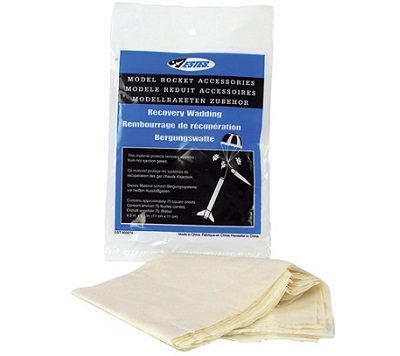
Sweep seal
The cotton swab seal is made of non-flammable fabric, its purpose is to prevent damage (burnout) of the parachute from the engine sweeper.
Launch pad
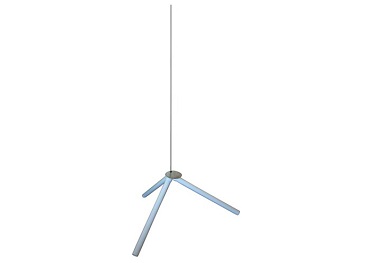
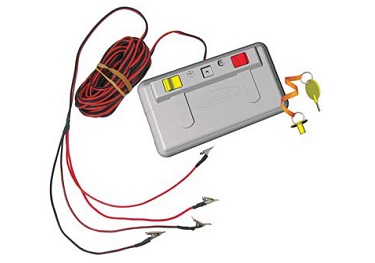
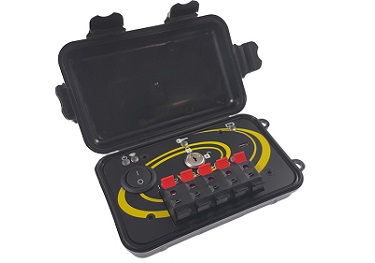

Assembly tools
To assemble the model, you will need: scissors, pencil, sandpaper, sanding block, model knife, universal glue, plastic glue and acrylic paints for possible painting. For comfortable cutting and protection of the table during assembly, we recommend a work mat.
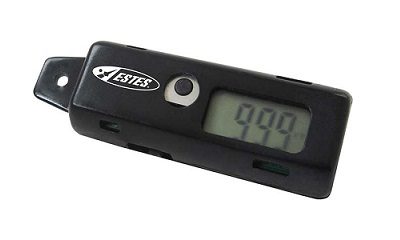
Flight altitude measurement
You can measure the achieved flight altitude of the rocket using a digital altimeter, which is inserted into the rocket. You can use a sextant to measure height from the ground.


